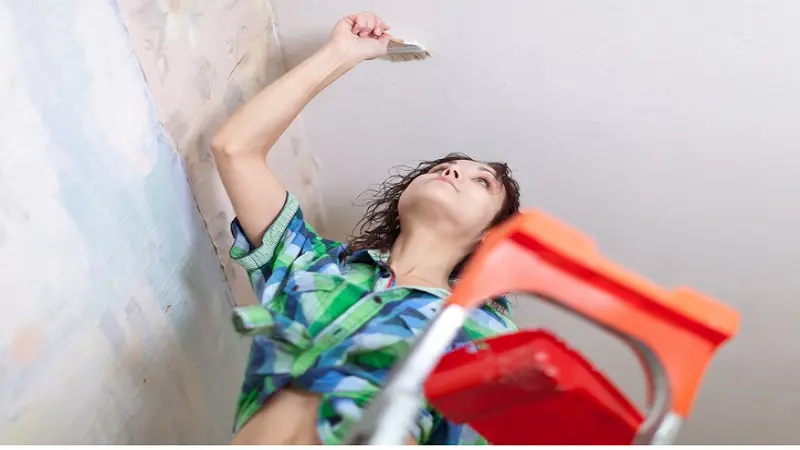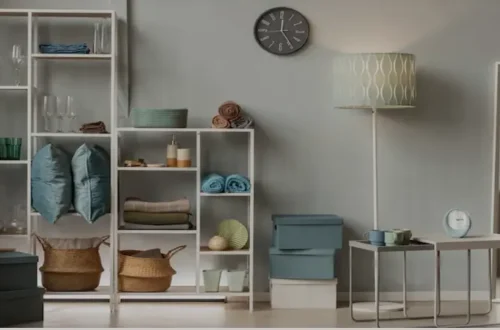When unexpected water damage hits your property, the aftermath can feel overwhelming. From salvaging belongings to preventing mold growth, emergency water and mold restoration is crucial. Here’s a step-by-step guide on how to handle these emergencies to ensure your property is safe, dry, and mold-free.
Swift Action is Key to Minimize Damage
The longer water sits, the more extensive the damage can become, and the higher the chance that mold will start to grow. Reacting quickly can minimize restoration time, costs, and health risks. For expert guidance on immediate steps to take, visit riskfreeserv.com company’s website.
1. Identifying the Source of Water Damage
Pinpointing the source of the water intrusion is the first and most important step. If it’s due to a natural disaster, like a flood or storm, the source is clear. But if it’s from a leaky pipe, a burst water heater, or an overflowing appliance, it’s essential to address it immediately to prevent additional damage.
- Pro Tip: If you’re unsure of the source, shut off your main water supply to halt further water flow until a professional can assess the situation.
2. Evaluating Safety Hazards
Standing water can create various hazards, from electrical risks to contamination issues. If water is pooling near electrical outlets or appliances, shut off your electricity and avoid entering the area until it has been inspected by a professional.
- Did You Know? Just one inch of floodwater can cause $25,000 in damages to a home. Safety should always come first in water damage situations, as even a small flood can lead to serious accidents.
Effective Water Extraction and Drying Techniques
Once the area is safe, the next step involves removing as much water as possible and ensuring everything is thoroughly dried. This phase can require specialized equipment, such as industrial wet vacuums, dehumidifiers, and air movers. To explore quality equipment and tools for effective water removal, visit the Blair Supply website.
3. Water Extraction: Getting Rid of the Excess
The faster you can remove standing water, the easier it will be to prevent mold from taking root. Professionals often use high-powered extraction equipment to pull out water quickly and efficiently. In minor cases, homeowners can use wet vacuums or mops to handle smaller areas of pooling water.
- Pro Tip: If water removal begins within 24-48 hours, it significantly reduces the risk of mold development.
4. Drying and Dehumidification: Removing Hidden Moisture
Even after visible water is extracted, moisture can linger within walls, floors, and furniture. Proper drying and dehumidification eliminate this hidden moisture and help prevent long-term damage and the growth of mold colonies. Industrial dehumidifiers and fans are essential here, as they draw moisture from the air and surfaces effectively.
Addressing Mold: The Importance of Remediation
After the area is dried, it’s time to assess for mold. Mold can begin to develop within 24 to 48 hours in humid conditions, so prompt action is necessary.
5. Inspecting for Mold: Don’t Underestimate Small Patches
Mold may start as small patches, but it spreads quickly. Inspect for dark spots, especially in corners, under carpets, and behind furniture. Mold releases spores that can spread through the air and settle in other damp areas, so handling it early can save major headaches down the road.
- Fun Fact: There are over 100,000 different types of mold, and not all are toxic. However, black mold (Stachybotrys chartarum) is often associated with health risks, especially for those with respiratory conditions.
6. Mold Remediation: Proper Removal Techniques
If you find mold, it’s best to consult professionals trained in mold remediation. DIY mold removal can release spores into the air, potentially worsening the problem. Restoration experts use specialized cleaning agents, containment practices, and air filtration to eliminate mold safely and effectively.
Final Steps: Cleaning, Sanitizing, and Restoring
The last stage of water and mold restoration involves cleaning and restoring your home to its pre-damage condition. This can be as minor as disinfecting surfaces or as major as reconstructing walls, floors, or ceilings. Restoration teams prioritize returning your space to a clean, safe environment.
7. Cleaning and Sanitizing: Eliminate Odors and Contaminants
Water damage can bring odors, bacteria, and other contaminants into your space. Proper cleaning and sanitizing are vital to ensuring your home is not only visibly clean but also free of microbes and allergens.
- Pro Tip: Affected areas often benefit from deodorizing treatments to remove lingering odors and make your home smell fresh again.
8. Restoring Damaged Areas: Structural Repairs and Finishing Touches
Once cleaning is complete, the focus shifts to restoring any structural or aesthetic damage. This might involve replacing drywall, repairing floors, or repainting walls. Restoration specialists can help assess and repair damaged areas to ensure everything is safe, sturdy, and visually pleasing.
Preventative Tips: Keeping Your Home Safe for the Future
While restoration is essential, preventing future water damage can save you time, money, and stress. Regular maintenance and awareness are key to keeping water and mold issues at bay.
- Inspect your plumbing and appliances for leaks regularly.
- Clean gutters and downspouts to prevent water from pooling near your foundation.
- Use a dehumidifier in damp areas, such as basements and bathrooms, to reduce moisture levels.
- Install water sensors or leak detectors, especially in areas prone to water damage like basements and laundry rooms.
Quick Fact: Homes with high humidity (above 60%) are more susceptible to mold.
Why Professional Restoration Services Matter
Navigating water and mold emergencies alone can be daunting. Professional water and mold restoration services not only bring in experience but also offer equipment and techniques to handle the job safely and thoroughly. Experts can help you avoid common pitfalls, reduce mold exposure, and restore your home quickly.
Handling emergency water and mold damage is a challenging task, but with quick action, the right steps, and a good restoration team, you can reclaim and restore your space in no time.





